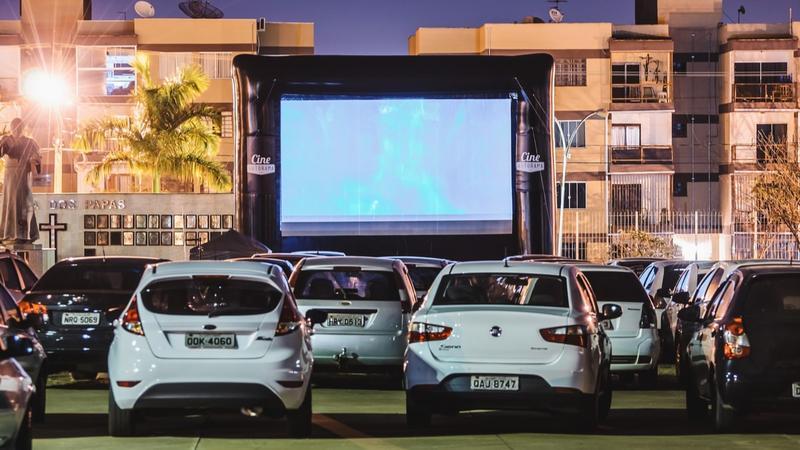The COVID-19 pandemic has changed almost everything. It’s affected our social lives, altered our spending habits, and changed our world.
Despite the terrible impact of the crisis, many city dwellers have noticed something positive when venturing outside. There are fewer cars on the road, prompting many drivers to find out how their auto insurance provider is supporting them during the pandemic. Moreover, there’s a notable lack of traffic jams and fresher smelling air.
Cities in Canada and around the world have experienced better air quality. Nitrogen dioxide levels in Toronto and Montreal have fallen 30% while the drop in Calgary and Edmonton was nearly 40%.
Some cities have begun closing streets temporarily to accommodate pedestrians and cyclists. Halifax, for example, has widened some sidewalks by taking away parking spaces and limited some streets to local traffic only. And Toronto has shut down a number of roads on weekends to give runners and cyclists extra space to practice physical distancing. But there might be a temporary truce in the war against cars.
The Safer Way to Get Around
Public transit use has dropped since most organizations made employees work from home and schools cancelled classes. Ridership on the TTC in Toronto has plunged to less than 20% of its typical levels, and it may take a while for it to recover.
One reason why people don’t want to use public transit is that they’re afraid of contracting COVID-19. A recent University of Toronto survey found that nearly one-quarter of riders don’t plan on taking transit again until they’ve been vaccinated against the disease. Another reason some may want to avoid transit is that there have been more COVID-19 cases in the suburbs of Toronto versus the downtown core.
Public transit might also not be an option for some, making cars the easier alternative. The New York Stock Exchange, for example, has mandated that all people working in the building must not take public transportation to work. And the city of Milan in Italy has put a cap of 30% on public transit capacity to prevent community spread of COVID-19.
Back in the Driver’s Seat
It wouldn’t be surprising if many transit riders turn to use their cars as a form of personal protective equipment. There’s no need to wear a mask inside a car if you’re on your own or with members of your household. And built-in physical distancing is already included at no extra cost.
The car has always had the upper hand during the pandemic. When virus testing became available across Canada, drive-through testing was seen as a safer option. You could wait in your car and not worry about getting infected if you were being tested at a hospital with potential carriers of the virus all around you.
Some organizations are also catering to vehicle owners where physical distancing isn’t possible. A digital Vincent Van Gogh exhibition in Toronto planned for later this month is now only accessible by car. There are also drive-in concerts, churches, and theatres opening around Canada. And drive-by birthday parties and drive-through weddings have become popular ways of celebrating special occasions.
There are also drive-through zoos or safaris popping up across the country where many tourist attractions are still closed. People can’t wait to get out of the house again. Demand was so high for the Toronto Zoo’s Scenic Safari had that customers had to wait in an online queue for hours to get tickets.
Once travel is encouraged, it wouldn’t be surprising if travellers decide to take shorter trips and drive instead of fly. That will allow them to avoid getting onto a potentially crowded plane where it’s virtually impossible to practice physical distancing.
While there’s the possibility of getting into an accident or having your car break down during a road trip, that sense of control you have as a driver versus being a passenger on a plane can make a difference psychologically. But for those without a car, planning a getaway will almost certainly mean having to rent a vehicle.
What the Road Ahead May Look Like
A car may become a necessity for some as they’d rather feel safer than get on public transportation and risk catching the virus. Stuck in traffic for an hour by yourself seems like a safer alternative than being crammed together with a bunch of strangers in a crowded subway or commuter rail car.
The need for a car will remain for suburbanites unless things change. All the more reason to ensure your vehicle is in good condition. Cities need to increase the frequency of buses and trains so there will be more opportunities to avoid overcrowding at peak hours. There should also be a mix of office and residential real estate developments throughout cities instead of in concentrated areas to help reduce commute times and make it possible to walk or bike to work.
Until there are changes and a vaccine is found, the car will once again be the preferred method of transportation. If you find yourself driving more, make sure your car insurance is activated, and you have the right amount of coverage that suits your needs.
